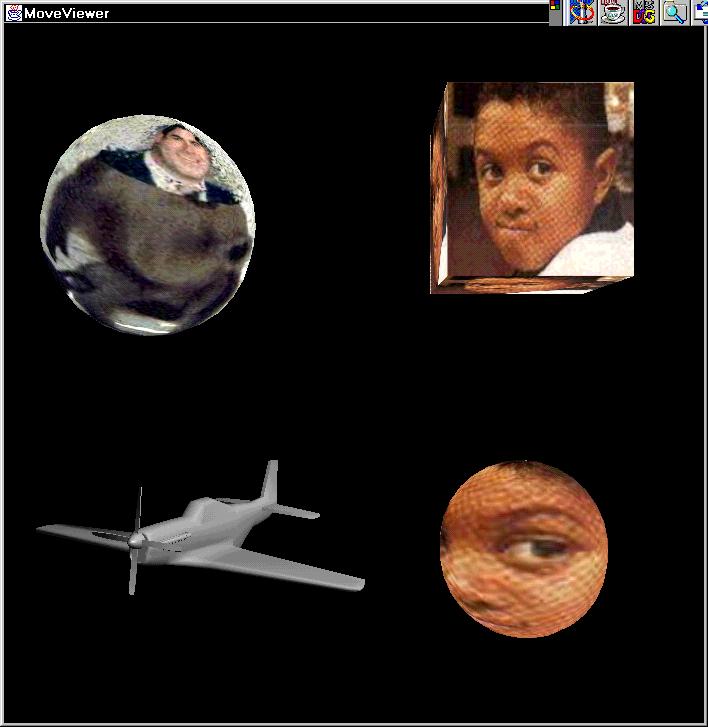|
Lee's Lessons
Introduction
2000-05-15
An Introduction
Hello. My name is Michael Lee and I am a software developer.
I am 29 years old, work for BEA systems and currently help out part time with
this site. I have been coding since I was about 10 years old. Most of the code
I wrote when I was young was on the TRS 80 or the Commodore 64, of course! I
got into electronics and moved away from computers but found my way back in
with the comming of age of the PC in the early 90s. This led to a BS in CS from
Clemson University and hopefully a Masters of Software Engineering. This is all
well and good but everyone knows these damnned things are really only good for
games so let me get to what I'm doing here.
This site has some great artists for images, sounds and
other media types but I am here for more of the technical side. I will publish
code, research or articles and news pertaining to java and the gaming community
on this site. Gaming, they say is both and art and a science. Think of me as
more of the science of this site. I will add content pertinent to the
entertainment software developer. The emphasis will be on Java code
development. If anyone has any comments or criticisms (constructive please)
about any of my code or work, please feel free to email me at
mleejr@hotmail.com. You can also feel free to submit any work of your own. All
we ask is that it, also, is free! Everything at this site is free. Take all the
code and articles I write and do with them what you will. We at gamespawn.com
follow the Mozilla Open Source standard and ask that any submittals to this
site do also. Without further blather.......
Today - Java3D Example Code
A small example demonstrating many of the features of Java3D.
This small, yet very encompassing, program shows many of the powerful features of
Java3D such as:
- The ability to quickly define and show many geometries
(cubes, spheres, etc.);
- Loading of external 3d image files such as .obj, the Java3D standard.
I will discuss with sample code a DXF loader implemented by the NCSC;
- The ability to add complex appearances to your shapes/geometries such as
reflective properties, color, textures, etc.;
- Dynamic lighting and colored lighting;
- Full scene graphs rendered with a compiled and full running Java3D engine loop;
- Creating a basic heavyweight component for a Java3D scene; and
- Adding behaviors to objects to be activated upon events within the Java3D engine
loop.
As you can see it is a lot for one day but it will be broken up into manageable parts
in the next couple weeks demonstrating each feature of Java3D in more detail. These
pieces will eventually lead to Java3D tools that can be utilized by the average Java3D
developer. The developer can take the code written here along with the examples from
the next couple of weeks and use them in his own code. A good deal of the 3D code I
write is pulled from this very beginning!
This code may contain some commented out sections. This is due to some Video card
compatibility problems or other issues. These will be explained and put back in for
other reasons at a later date.
The .jar file will not run as a self-executing program like most Java1.2 .jar files due
to a problem with Java3D. It must be run from the command line. :(
Move Viewer

MoveViewer.java
This program shows the power of Java3D. It has a pretty generic object loader.
It can take multiple shapes and multiple appearances for those shapes.
For example, look at figure 1 to the left. For shapes it accepts a cube a sphere
and even a P51 mustang! The P51 mustang is an object that was loaded in by Java3D.
This is one of its more powerful features. An object can be created in a 3D
rendering package and brought into a Java3D program through a convienence loader.
NCSC has a loader for DXF files!!
An appearance can be added to any of the shapes
easily. Here we see textures that were applied, one of my head on a monkey and the
other of Emanuel Lewis of 'Webster' fame.
Each of the objects except the bottom
right can be moved. With a 3 button mouse. Left button rotates, middle button
translates on the Z axis and the right button translates on the X and Y axis.
This is a great small program that shows off the ease of which 3d objects can be
created and manipulated.
Tomorrow
- Supported Java3D Video Cards. NOT ALL 3D CARDS WORK WITH JAVA3D! Read This!!!
- Today's code will be broken up into much smaller, more manageable and understandable
pieces. The first example will be to aid in understanding Java3D by using an example
to display a simple shape.
|